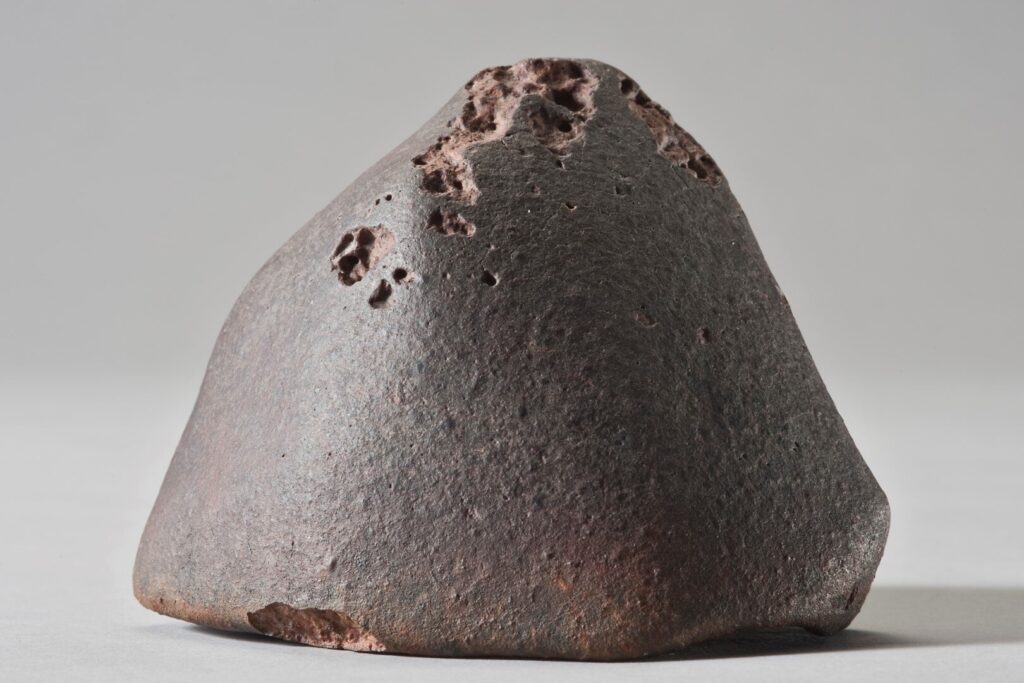An international team of researchers has identified the source of most meteorites falling to Earth. It turned out that they originate from only three families of young asteroids.

Until recently, astronomers could clearly identify the origin of only 6% of the more than 70,000 meteorites found. These are so-called achondrites — debris knocked out by impacts from the surface of the Moon, Mars and the asteroid Vesta, which then fell to Earth.
As for the remaining 94% of meteorites, the vast majority are chondrites. They contain spherical or elliptical formations of predominantly silicate composition. It is believed that their main “suppliers” are large collisions between asteroids, which produce large amounts of debris. However, until recently, astronomers didn’t know exactly about which events we are talking about.
A group of planetologists tried to answer this question. For this purpose, they analyzed the spectra of the main asteroid families of the Main Belt, as well as simulated the evolution of their orbits after collisions.

The study revealed that only recent (on the order of forty million years) disintegrations of large enough (more than thirty kilometers in diameter) asteroids can produce a great number of meteorites. This gave them the opportunity to conclude that 70% of all meteorites found belonged to three young asteroid families — Karin, Koronis and Massalia. They were formed 5.8, 7.5, and about 40 million years ago, respectively. In particular, the Massalia family has been identified as the source of 37% of known meteorites.
According to scientists, the fact that only three asteroid families are the source of so many meteorites is explained by their life cycles. Young families are characterized by a large number of small fragments left behind after collisions. This abundance increases the risk of collisions between fragments and, combined with their high motion, their probability of escaping the belt towards Earth. As for the older asteroid families, they have already been depleted, and their contribution to meteoritic activity is minimal. In the future, the Karin, Koronis and Massalia families will also be depleted, after which they will be replaced by new sources of meteorites.
According to Phys.org


